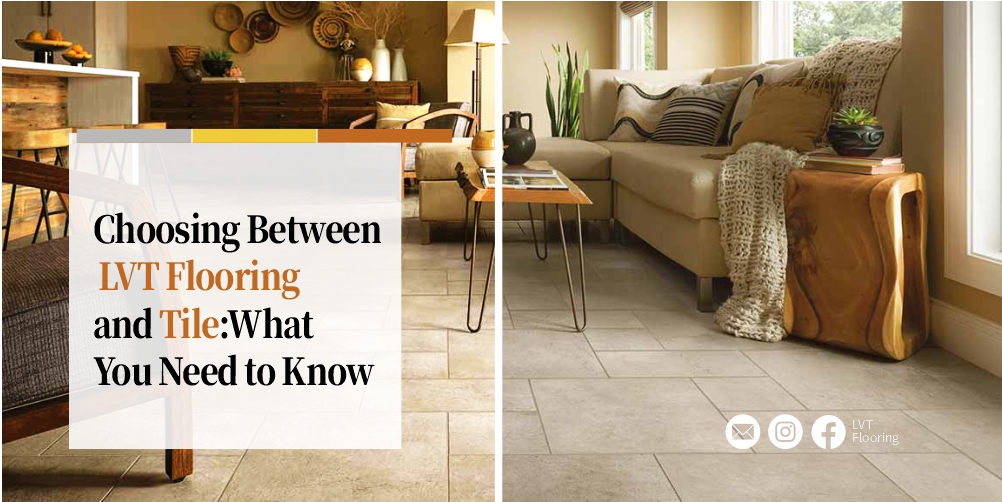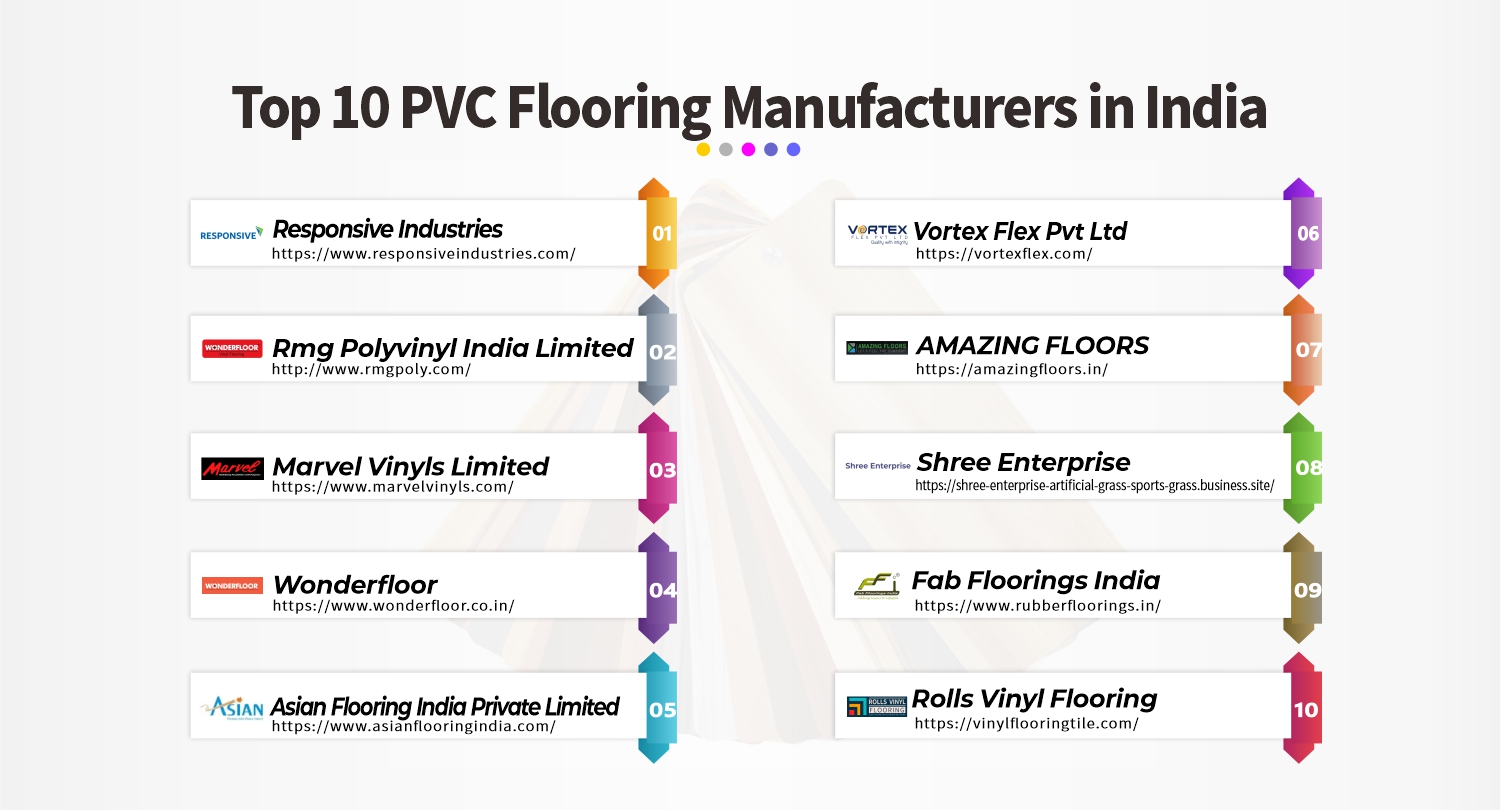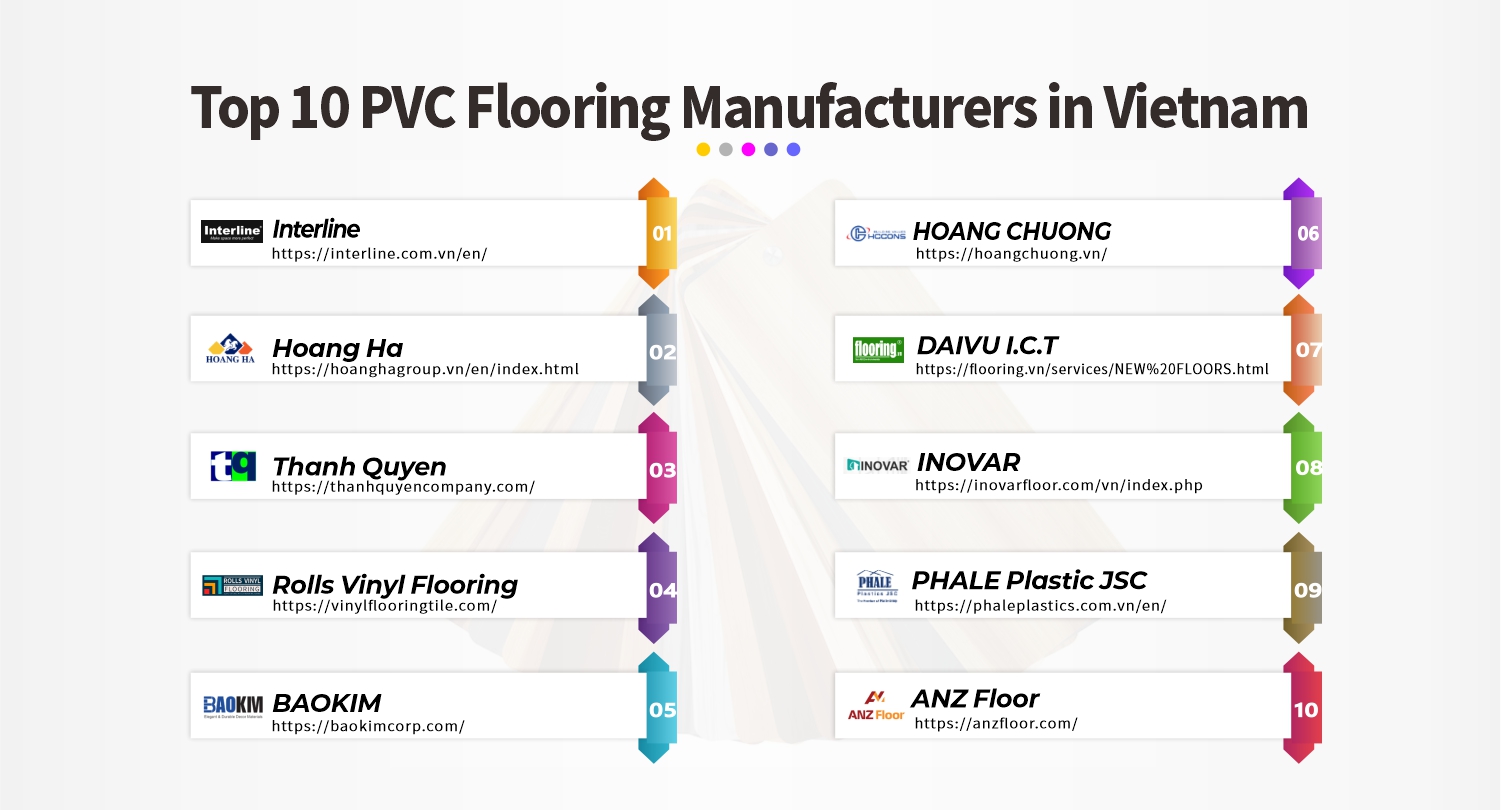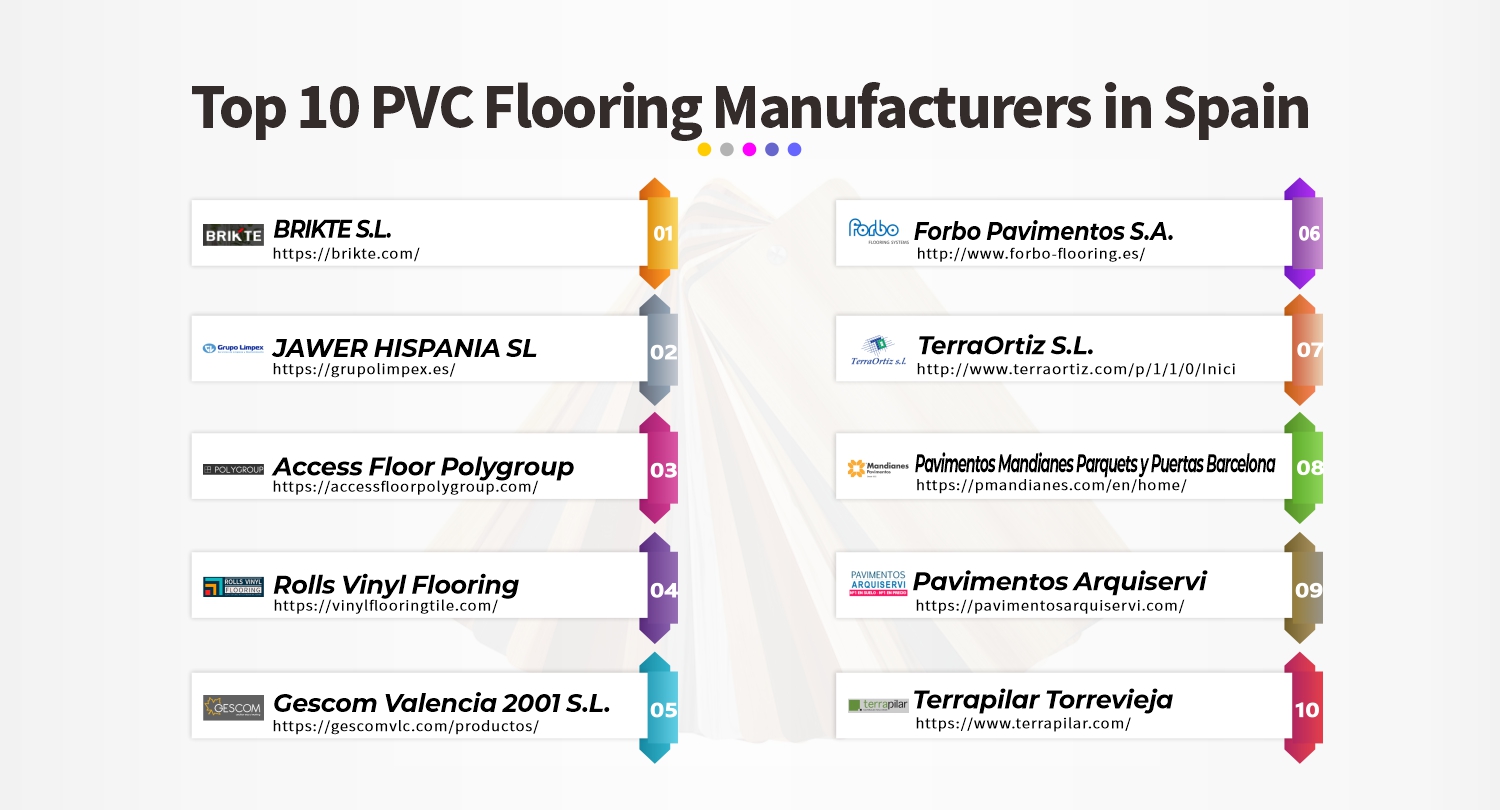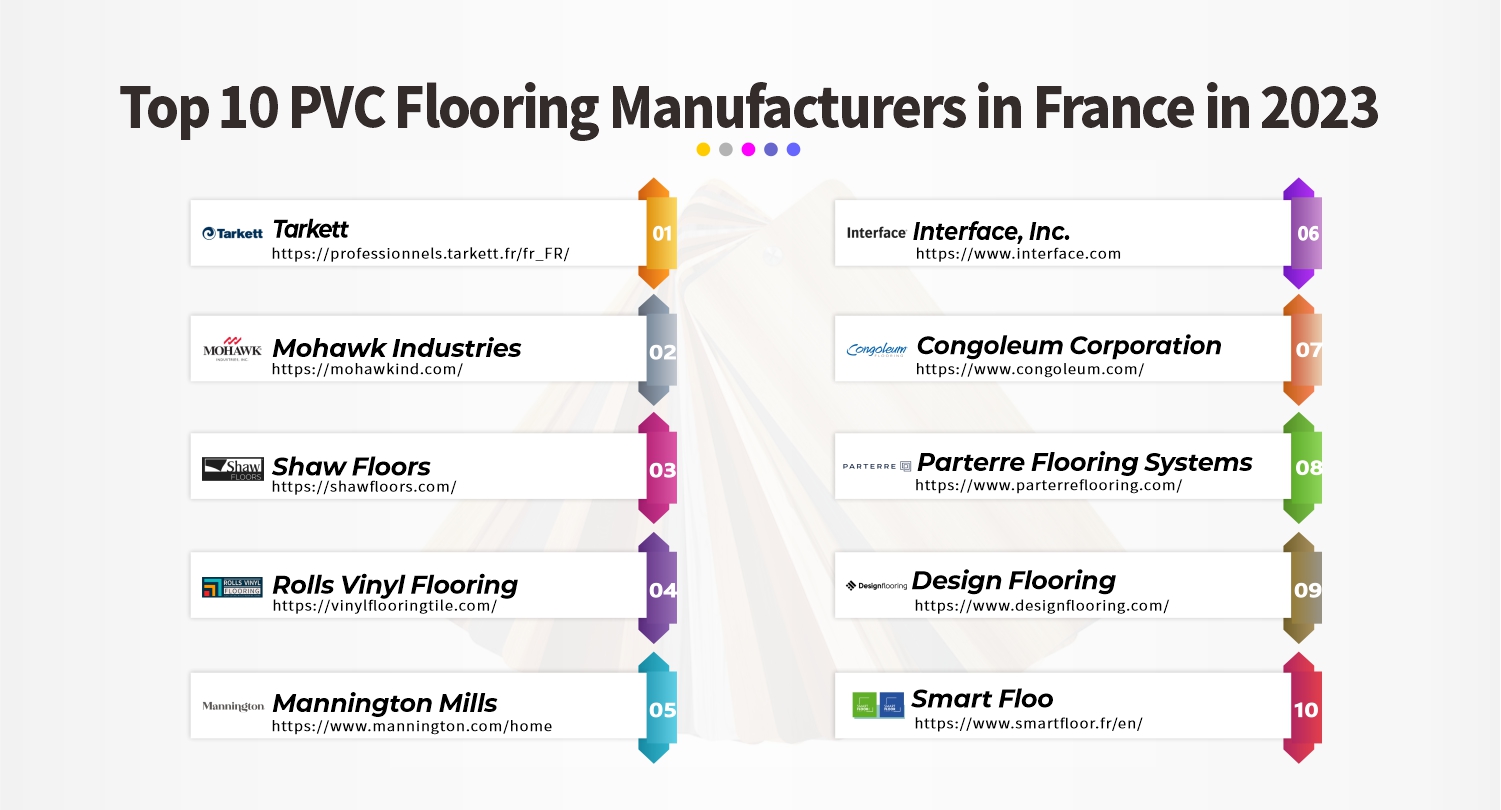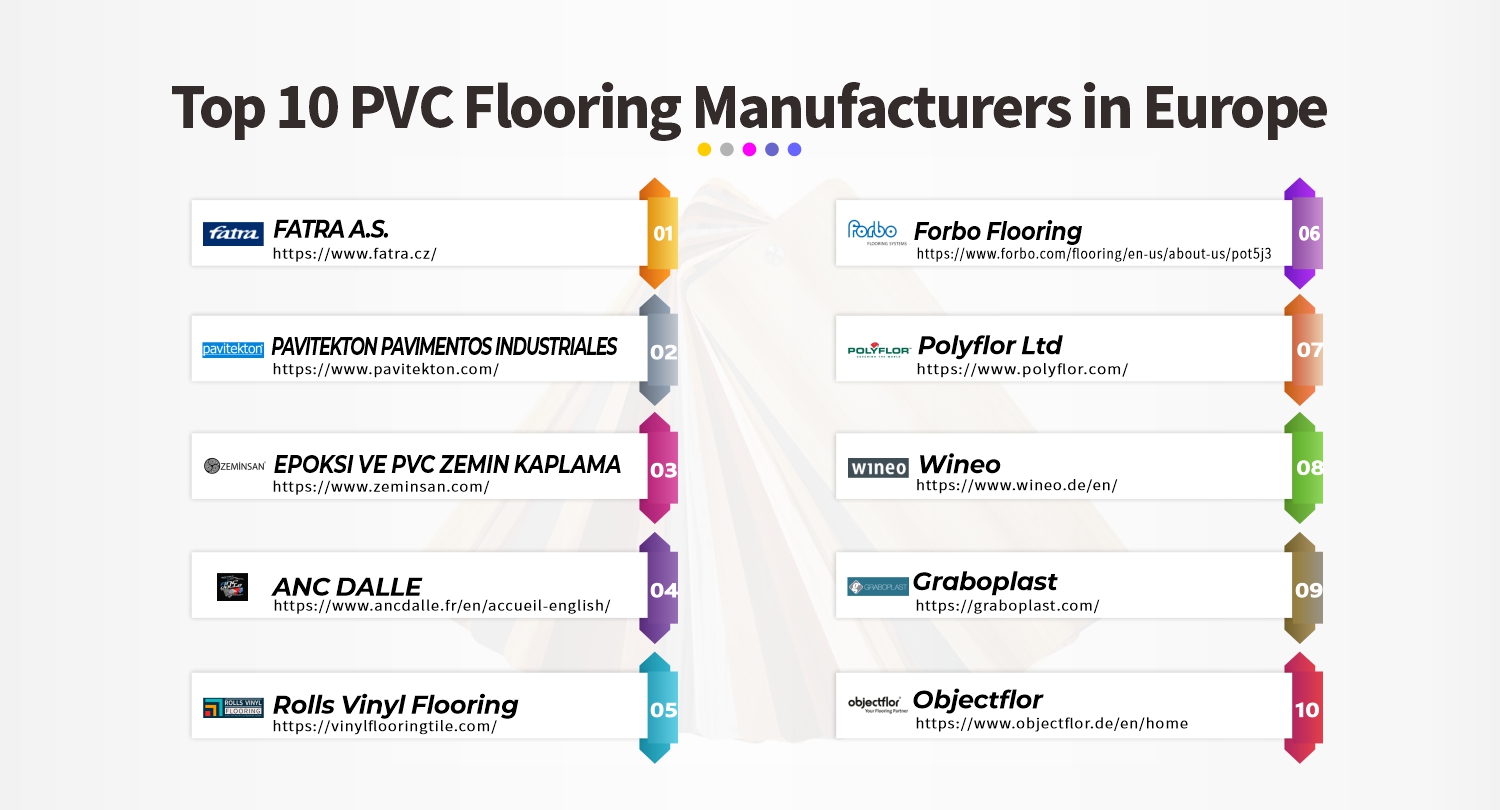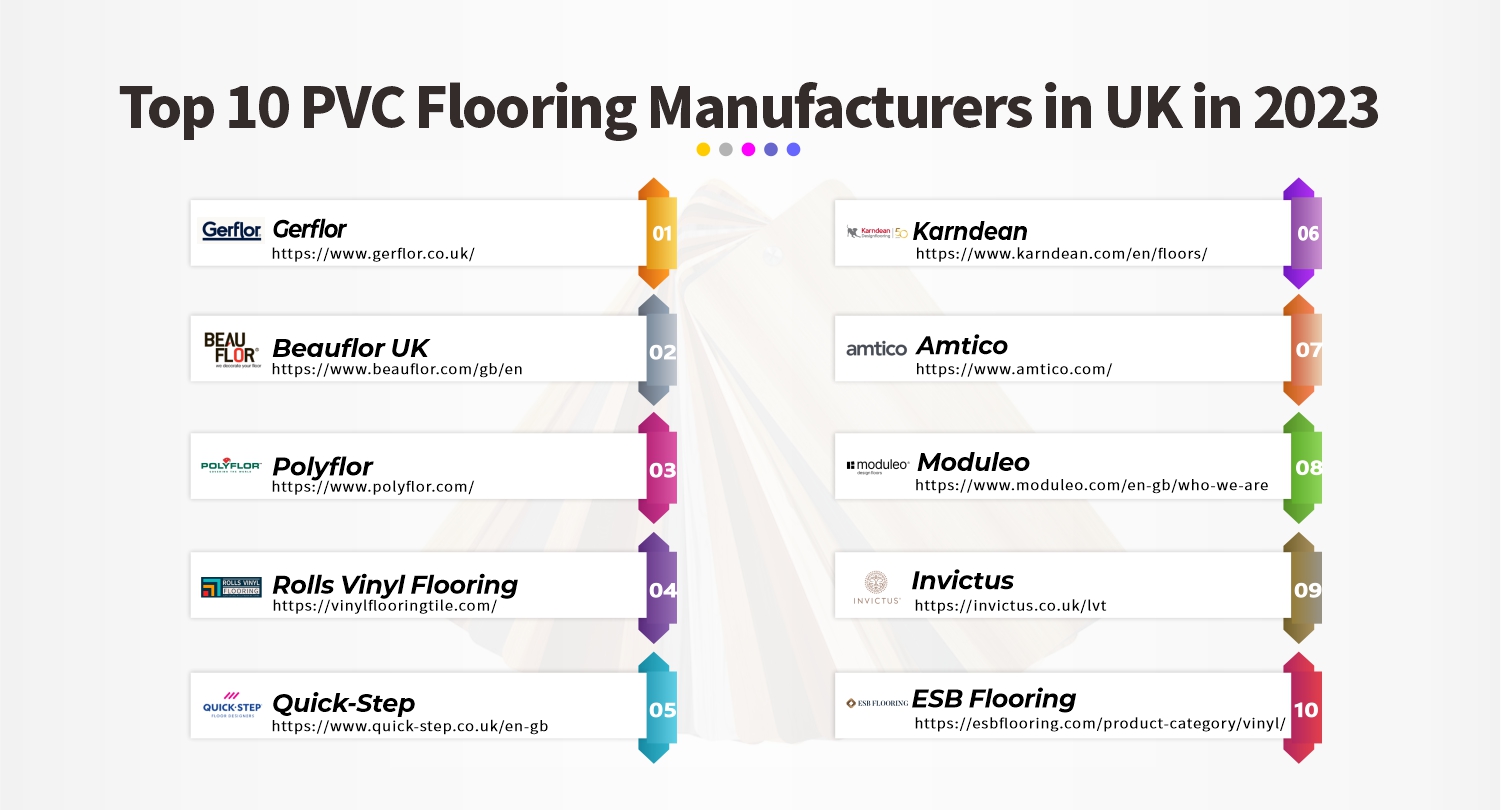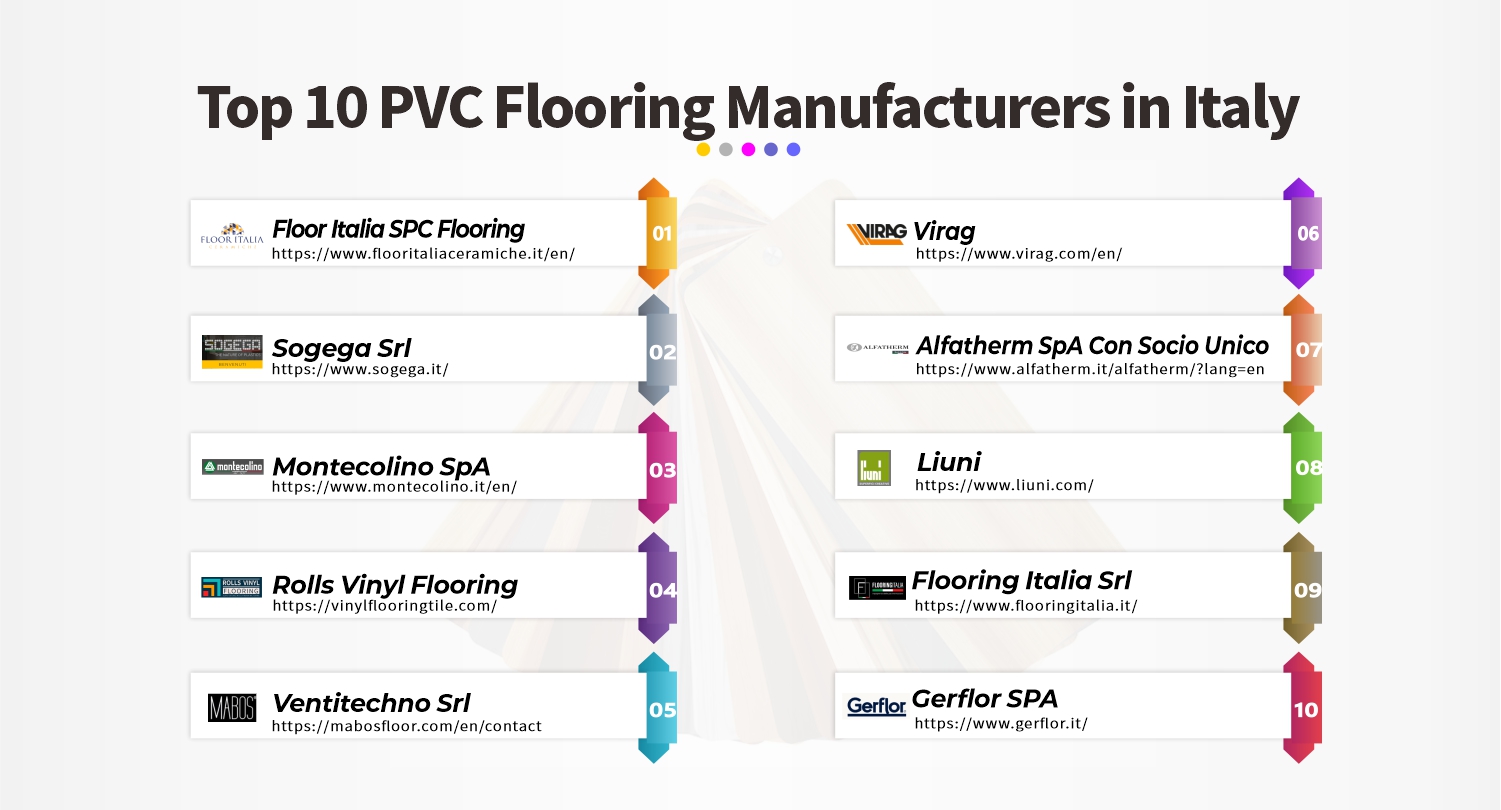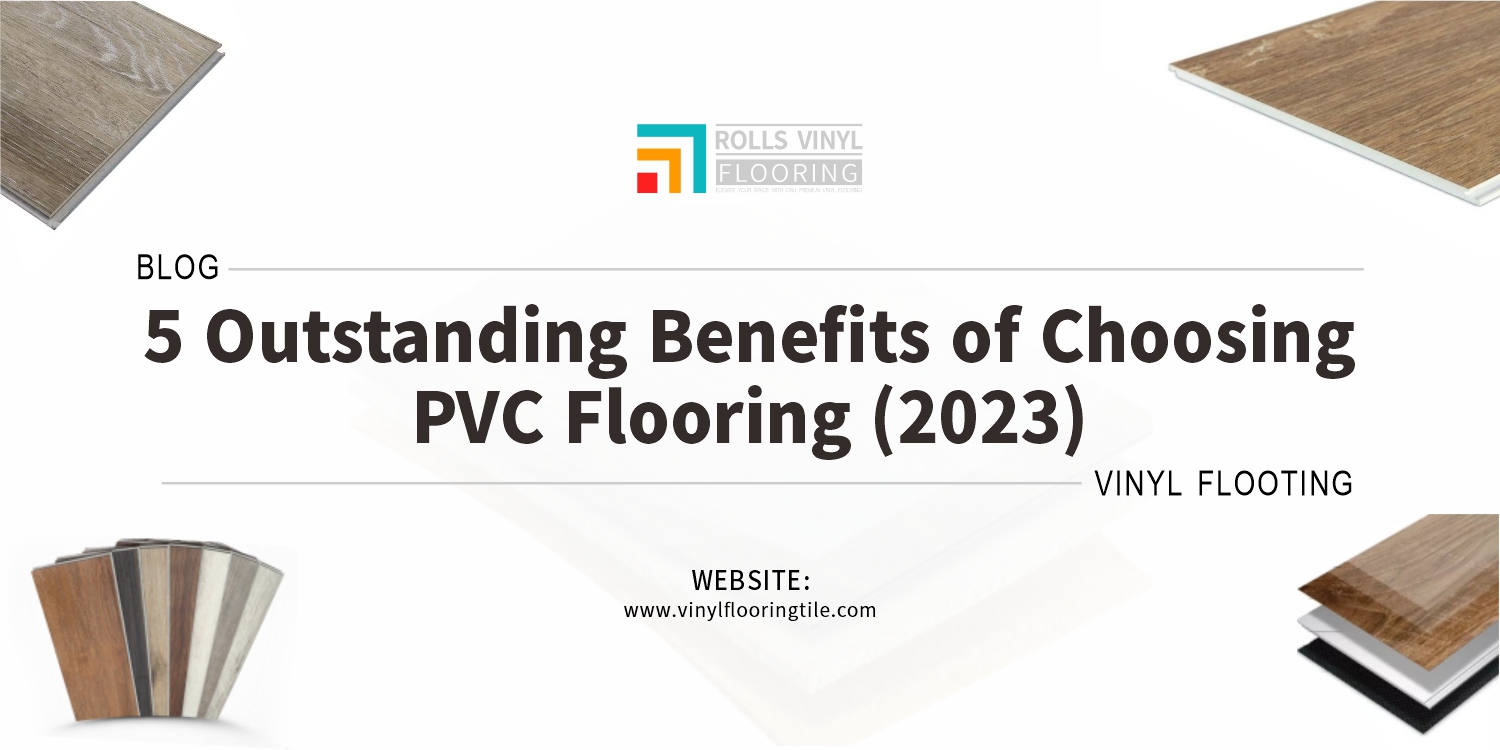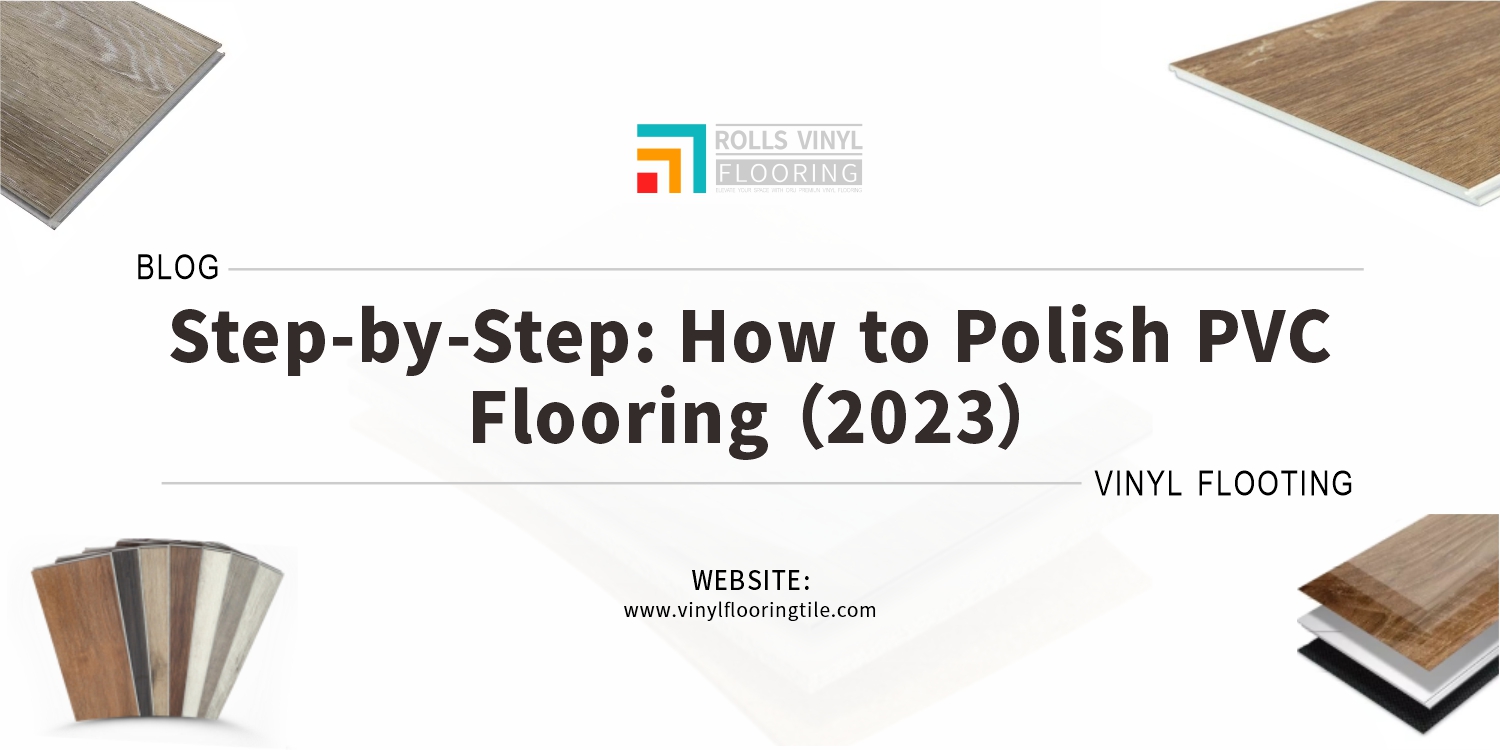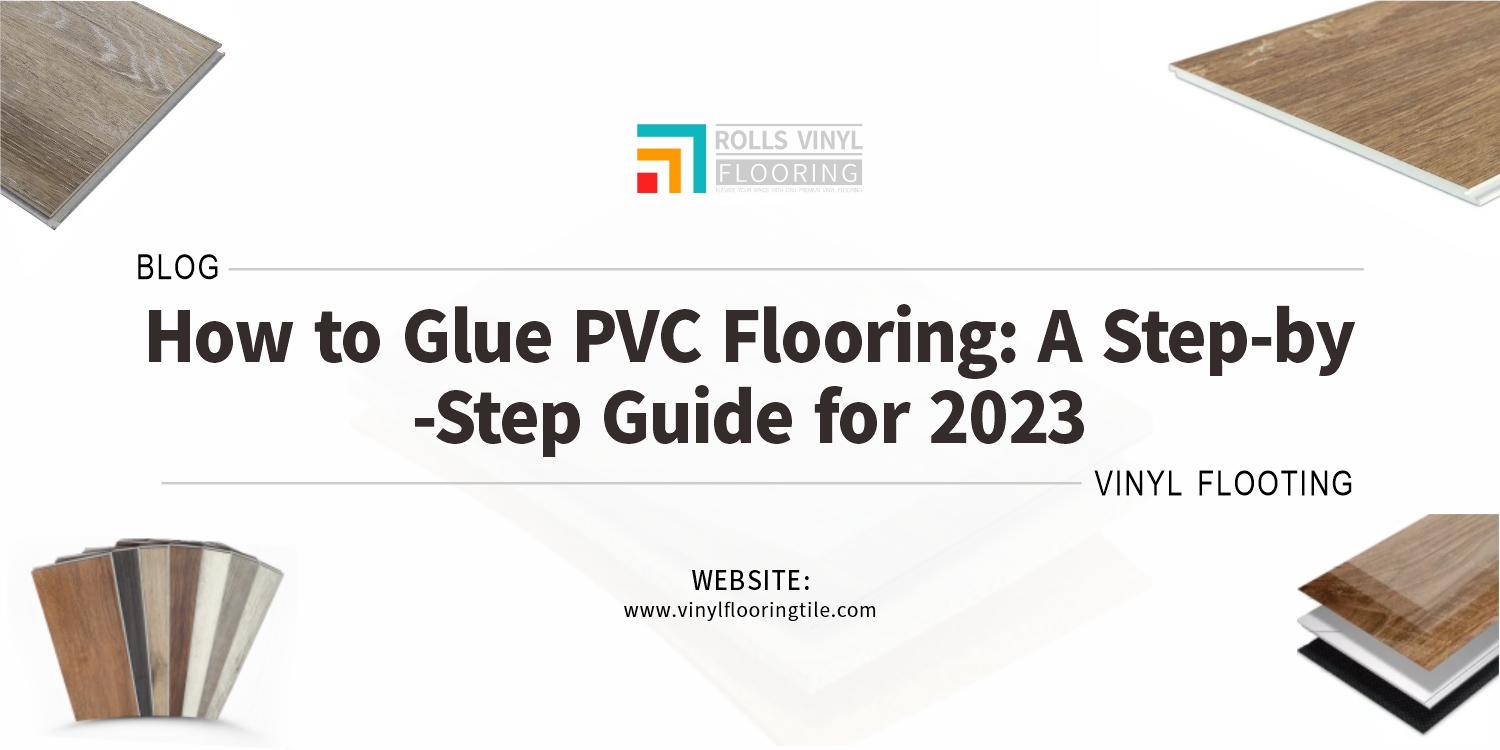Lead In – Are you in the market for new flooring, but not sure if you should go with luxury vinyl tile (LVT) or ceramic tile? As an author who has researched and experienced both options, I understand the importance of making an informed decision. In this article, I will share everything you need to know to choose between LVT flooring and tile.
Learn about the basics of LVT flooring and tile, including the differences between vinyl tiles, sheet vinyl, and luxury vinyl planks. Discover the composition and properties of each option, including material, durability, resistance to water, and impact on the environment. Plus, get tips on how to maintain and install your chosen flooring option.
Whether you are remodeling your home or updating your business space, choosing the right flooring is crucial. Keep reading to discover the pros and cons of LVT flooring and tile, so you can make the best decision for your space.

1. Basics of LVT flooring and tile
Luxury Vinyl Tile (LVT) flooring and tile are popular flooring materials that have gained widespread acceptance in recent years. LVT is a type of vinyl tile flooring that mimics the look of natural materials like hardwood, porcelain tile, and ceramic tiles. These tiles are made of several layers of material, including a top layer that is designed to mimic the appearance of real wood, stone, or tile.
Luxury Vinyl flooring materials are engineered to withstand heavy traffic and are durable, water-resistant, and easy to maintain. They are an excellent choice for high-traffic areas like hallways, entryways, kitchens, and bathrooms. LVT flooring is also an ideal option for commercial spaces such as retail stores, hospitals, and office buildings.
LVT comes in different forms, including luxury vinyl plank and luxury vinyl tile. Luxury vinyl planks are long, narrow strips that resemble traditional hardwood flooring, while luxury vinyl tiles come in a variety of shapes and sizes, including square and rectangular shapes that look like ceramic or porcelain tile.
Compared to vinyl floor and sheet vinyl flooring, LVT flooring is a more durable option. It also offers more design options and customization opportunities. Vinyl plank flooring and vinyl tile are both cost-effective and easy to install, making them a popular choice for DIY projects.
When comparing vinyl tile vs. ceramic tile, LVT flooring has several advantages. Installing ceramic tile is a complex process that requires a high level of skill and experience. On the other hand, LVT flooring is easy to install and can be done without professional assistance. Additionally, luxury vinyl tiles are more durable than ceramic tiles and are less prone to cracking or chipping.
Luxury vinyl tiles offer a variety of benefits over other types of flooring, including being comfortable underfoot, low maintenance, and moisture-resistant. They are also an affordable alternative to natural materials like hardwood or stone, making them a popular choice for homeowners on a budget.
2. Composition and properties
Material:
LVT flooring and tile are made of several layers of material, which include a wear layer, a printed design layer, and a backing layer. The wear layer is the topmost layer and is designed to protect the tile from scratches, dents, and stains. The printed design layer is the layer that gives LVT flooring its unique look and mimics the appearance of natural materials like hardwood or stone. The backing layer provides stability and helps to prevent the tile from warping or curling.
Durability:
LVT flooring and tile are highly durable and can withstand heavy foot traffic, making them ideal for high-traffic areas like hallways, entryways, and kitchens. The wear layer is specifically designed to resist scratches, dents, and stains, which makes LVT flooring an ideal choice for households with pets or young children. Additionally, LVT flooring has excellent dimensional stability, which means that it is less likely to expand or contract due to changes in temperature or humidity.

Resistance to Water:
LVT flooring and tile are highly resistant to water, making them an excellent choice for bathrooms, kitchens, and other areas that are prone to moisture. The tiles are waterproof, which means that they will not warp or curl if exposed to water. Additionally, LVT flooring is easy to clean and maintain, and spills can be quickly wiped up without leaving any stains or damage.
Impact on the Environment:
LVT flooring and tile are considered to be environmentally friendly because they are made of recycled materials and are themselves recyclable. They are also free from harmful chemicals like formaldehyde and phthalates, which can be present in other types of flooring materials. Additionally, LVT flooring has a long lifespan and can be replaced without damaging the environment. However, it is important to note that the manufacturing process for LVT flooring and tile does require energy and resources, so it is important to choose manufacturers that prioritize sustainability.
3. Maintenance
Here are some points to maintain LVT flooring and tile:
- Clean spills immediately: LVT flooring and tile are water-resistant, but it’s still important to clean spills immediately to prevent staining or damage to the tiles.
- Sweep or vacuum regularly: Dirt and debris can scratch the wear layer of LVT flooring and tile, so it’s important to sweep or vacuum the floor regularly to prevent this.
- Use a soft-bristled broom: When sweeping LVT flooring and tile, it’s important to use a soft-bristled broom to avoid scratching the tiles.
- Use doormats: Place doormats at entryways to trap dirt and debris before it gets onto the LVT flooring and tile.
- Avoid harsh cleaners: Harsh cleaners can damage the wear layer of LVT flooring and tile, so it’s important to use only approved cleaners for these types of flooring.
- Use furniture pads: Place furniture pads under the legs of furniture to prevent scratching or indentations on the LVT flooring and tile.
- Avoid heavy furniture: Avoid dragging or dropping heavy furniture on LVT flooring and tile, as this can cause damage to the tiles.
- Follow manufacturer’s instructions: Follow the manufacturer’s instructions for cleaning and maintenance to ensure the longevity of the LVT flooring and tile.
- Avoid high heels: Avoid walking on LVT flooring and tile with high heels or other shoes that may damage the wear layer of the tiles.
- Use appropriate cleaning tools: Use appropriate cleaning tools, such as a damp mop or soft cloth, to clean LVT flooring and tile. Avoid using abrasive tools or cleaners that can scratch or damage the tiles.

4. Installation
Here are some tips to maintain LVT flooring and tile:
- Sweep or vacuum regularly: Use a soft-bristled broom or vacuum with a hard floor setting to remove dirt, dust, and debris from the surface of the flooring.
- Use a damp mop for cleaning: Damp mop the LVT flooring with a solution of warm water and mild detergent. Avoid using harsh cleaning products or abrasive scrubbers that can scratch the surface.
- Clean up spills immediately: If any spills occur on the LVT flooring, clean them up immediately with a clean cloth or paper towel to prevent staining or damage.
- Place mats or rugs in high-traffic areas: Place mats or rugs in areas with high foot traffic to prevent wear and tear on the LVT flooring. This is especially important in areas where dirt and debris may be tracked in, such as entryways or hallways.
- Use furniture pads: Place furniture pads under the legs of chairs, tables, and other furniture to prevent scratches and dents on the LVT flooring.
- Avoid using abrasive cleaners: Avoid using abrasive cleaners, steel wool, or scrub brushes on the LVT flooring, as they can damage the surface.
- Take care when moving heavy objects: When moving heavy objects, use a dolly or lift to prevent scratching or damaging the LVT flooring.
- Use appropriate cleaning products: Use cleaning products that are specifically designed for LVT flooring and tile. Avoid using products that are designed for other types of flooring, such as hardwood flooring or ceramic tile.
- Follow manufacturer instructions for floating floors: If you have floating floors, follow the manufacturer’s instructions for cleaning and maintenance.
- Use caution when installing vinyl flooring over ceramic tile: If you are installing vinyl flooring over ceramic tile, make sure that the ceramic tile is clean and free of any debris before installing the vinyl flooring. This will ensure that the vinyl flooring adheres properly and does not become damaged over time.
Proper maintenance is essential for keeping LVT flooring and tile looking beautiful and in good condition. Regular sweeping or vacuuming, damp mopping, and avoiding abrasive cleaners and heavy furniture will help to preserve the appearance and longevity of the flooring.
In the end, both LVT flooring and tile offer unique benefits that can enhance the look and functionality of your space. By understanding the basics, composition, maintenance, and installation of each option, you can choose the best flooring for your needs and budget.

